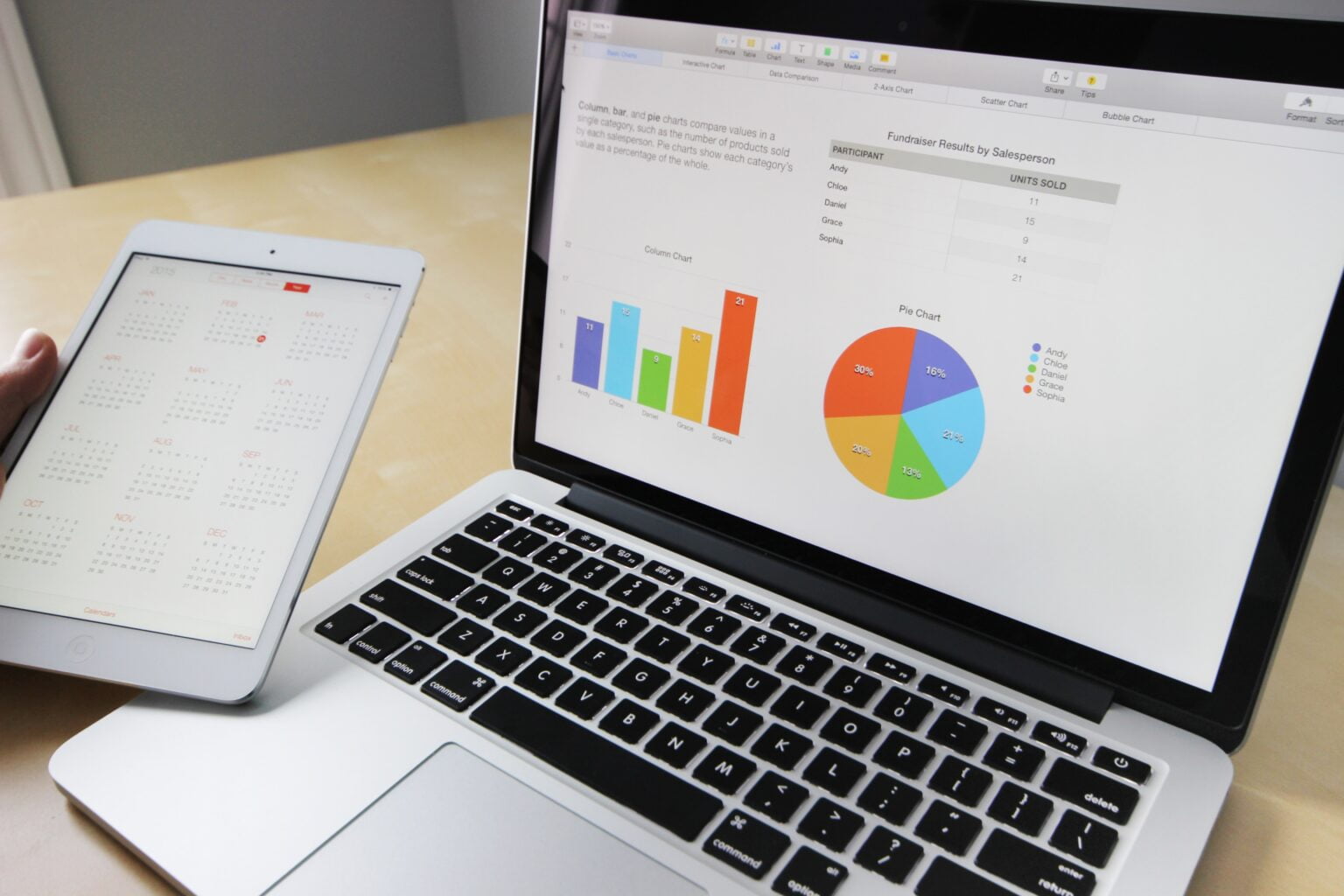In a world driven by technology and innovation, success is no longer just a matter of chance or luck. It has become an art, meticulously crafted with the help of data and analytics. Welcome to our blog post where we dive deep into the science behind success, uncovering the incredible role that big data and data analytics play in achieving our goals. Whether you're an aspiring entrepreneur looking to skyrocket your business or simply striving for personal growth, join us on this enlightening journey as we unravel the secrets to unlocking unprecedented achievements through the power of information. Get ready to revolutionize your approach to reaching milestones as we explore how harnessing data can turn dreams into reality!
Introduction to Big Data and Data Analytics
Most people are familiar with the term “big data,” but few understand what it really means. Big data is a catch-all phrase for the massive amounts of digital information that are generated every day. This includes everything from social media posts and online search queries to GPS data and credit card transactions.
Data analytics is the process of sorting through this big data to find useful patterns and insights. This can be anything from identifying trends in customer behavior to spotting areas of potential fraud.
Big data and data analytics are playing an increasingly important role in our world. Businesses use them to make better decisions, governments use them to track citizens, and scientists use them to study everything from human behavior to climate change.
There is a lot of hype around big data and data analytics, but it’s important to understand that these tools are just that – tools. They are not a magic bullet that will solve all your problems or guarantee success. But when used properly, they can give you a significant advantage in achieving your goals.
A Look at the Different Types of Big Data
There are three primary types of big data: structured, unstructured, and semi-structured data. Structured data is typically numeric and organized in a predefined format, such as databases or spreadsheets. Unstructured data includes text, images, and audio/video files that don’t easily fit into traditional databases. Semi-structured data has some structure, but not as much as structured data. Examples include XML files and social media posts.
Organizations must carefully consider the type of data they have before choosing the appropriate big data solution. The three most common big data solutions are Hadoop, NoSQL databases, and analytics platforms. Hadoop is an open source framework that’s well suited for storing and processing large amounts of unstructured data. NoSQL databases are designed to handle large scale datasets that don’t follow a traditional relational database structure. Analytics platforms provide a way to perform deep analysis on big data sets to uncover hidden patterns and trends.
The right big data solution can help organizations achieve their goals by providing insights that would otherwise be unavailable. Big data can be used to improve customer satisfaction, develop new products and services, optimize operations, and make better decisions.


A Look at the Different Types of Big Data
There are three primary types of big data: structured, unstructured, and semi-structured data. Structured data is typically numeric and organized in a predefined format, such as databases or spreadsheets. Unstructured data includes text, images, and audio/video files that don't easily fit into traditional databases. Semi-structured data has some structure, but not as much as structured data. Examples include XML files and social media posts.
Organizations must carefully consider the type of data they have before choosing the appropriate big data solution. The three most common big data solutions are Hadoop, NoSQL databases, and analytics platforms. Hadoop is an open source framework that's well suited for storing and processing large amounts of unstructured data. NoSQL databases are designed to handle large scale datasets that don't follow a traditional relational database structure. Analytics platforms provide a way to perform deep analysis on big data sets to uncover hidden patterns and trends.
The right big data solution can help organizations achieve their goals by providing insights that would otherwise be unavailable. Big data can be used to improve customer satisfaction, develop new products and services, optimize operations, and make better decisions.
Strategies for Collecting and Analyzing Big Data
As the world becomes increasingly digitized, organizations are sitting on a goldmine of data. But with so much data, it can be difficult to know where to start. That’s where big data and data analytics come in.
Big data is a term used to describe the large volume of data that organizations now have at their disposal. Data analytics is the process of analyzing this data to extract insights that can help improve decision-making.
There are a number of different strategies that organizations can use to collect and analyze big data. Some common approaches include:
1. Data mining: This involves using algorithms to search through large datasets to identify patterns and trends.
2. Data warehousing: This approach involves storing large amounts of data in a central repository so that it can be accessed and analyzed as needed.
3. Data sampling: This approach involves taking a representative sample of the overall dataset and then analyzing it to extrapolate findings for the entire dataset.
4. Predictive analytics: This approach uses historical data to build models that predict future outcomes. These predictions can then be used to make better decisions about how to allocate
Challenges in Implementing Big Data Solutions
There are many challenges in implementing big data solutions, but the biggest one is understanding how to use big data to achieve your goals. Too often, organizations collect vast amounts of data without any clear plan for what to do with it. As a result, they can’t take full advantage of the insights that big data can provide.
Another challenge is incorporating big data into existing systems and processes. Many organizations have legacy systems that were not designed to handle large amounts of data. As a result, they need to find ways to integrate big data into their existing infrastructure. This can be a costly and time-consuming process.
Security is a major concern when it comes to big data. Because big data often contains sensitive information, it’s important to ensure that it is properly secured. Otherwise, there is a risk that this information could fall into the wrong hands and be used for malicious purposes.
Case Studies on Successful Use of Big Data and Analytics
There is no question that big data and analytics are revolutionizing the business world. By harnessing the power of large data sets, companies are able to gain insights into their customers, operations, and markets that were previously unavailable. But how exactly are big data and analytics being used to achieve success?
In this section, we will take a look at three case studies of companies that have used big data and analytics to achieve their goals. We will see how they collected and utilized data, what insights they gained, and how those insights helped them achieve success.
The first case study is of Amazon, which has used big data and analytics to become the world’s largest online retailer. Amazon has built a massive data set through its e-commerce platform, which contains information on billions of products, transactions, and customer interactions. This data is then fed into Amazon’s algorithms to provide recommendations to customers, optimize pricing and inventory levels, and predict demand for future products. All of these factors have contributed to Amazon’s explosive growth over the past two decades.
The second case study is of Netflix, which has used big data and analytics to become the world’s leading streaming media service. Netflix has amassed a huge database of customer preferences through its streaming platform. This allows Netflix to personalize its content recommendations for each individual user. In addition, by analyzing viewing patterns across all users, Netflix is able to produce its own original programming that is tailored to be
Conclusion
We can see that big data and data analytics are essential for boosting success in today’s world. By understanding the science behind success, businesses, entrepreneurs, and individuals can make smarter decisions based on real-time insights. Big data and data analytics provide valuable information to identify opportunities, reduce risks, increase efficiency, and drive growth. So take advantage of these tools to achieve your goals and get ahead of the competition!
- By admin
- No Comments




